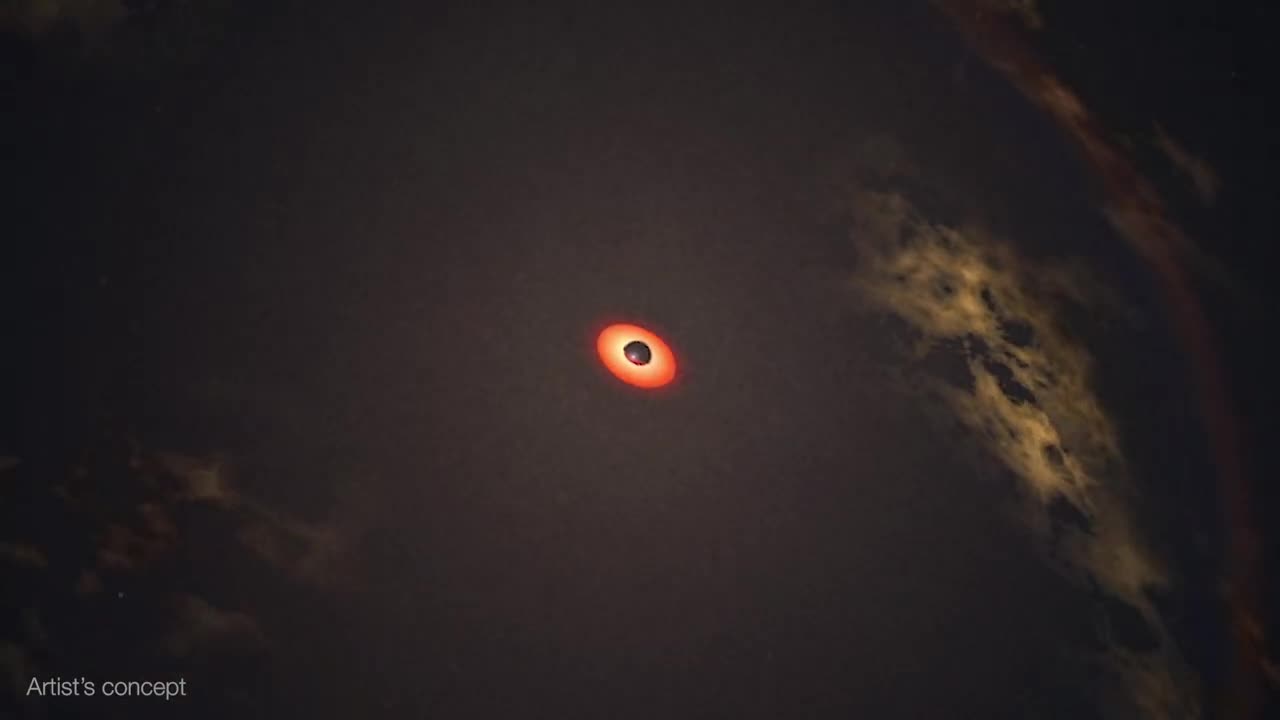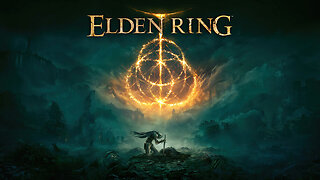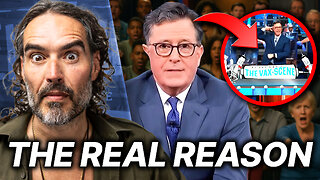Premium Only Content

Black Hole Snack Attack-4K VIDEO-NASA OFFICAL
When a star strays too close to a monster black hole, gravitational forces create intense tides that break the star apart into a stream of gas. The leading edge swings around the black hole, and the trailing edge escapes the system. These destructive episodes are called tidal disruption events. Astronomers see them as flares of multiwavelength light created when the debris collides with a disk of material already orbiting the black hole.
Recently, astronomers have been investigating variations on this phenomena, which they call partial or repeating tidal disruptions.
During these events, every time an orbiting star passes close to a black hole, the star bulges outward and sheds material, but survives. The process repeats until the star loses too much gas and finally breaks apart. The characteristics of the individual star and black hole system determine what kind of emission scientists observe, creating a wide array of behaviors to categorize.
Previous examples include an outburst that occurred every 114 days, potentially caused by a giant star orbiting a black hole with 78 million times the Sun’s mass. Another recurred every nine hours around a black hole with 400,000 times the Sun’s mass, likely caused by an orbiting stellar cinder called a white dwarf.n June 22, 2022, the XRT captured Swift J0230 for the first time. It lit up in a galaxy around 500 million light-years away in the northern constellation Triangulum. Swift’s XRT observed nine additional outbursts from the same location roughly every few weeks.
Evans and his team propose that Swift J0230 is a repeating tidal disruption of a Sun-like star orbiting a black hole with over 200,000 times the Sun’s mass. They estimate the star loses around three Earth masses of material on each pass. This system provides a bridge between other types of suspected repeating disruptions and allowed scientists to model how interactions between different star types and black hole sizes affect what we observe.
“We searched and searched for the event brightening in the data collected by Swift’s Ultraviolet/Optical Telescope,” said Alice Breeveld, a research fellow at the University College London’s Mullard Space Science Laboratory (MSSL) who has worked on the instrument since before the satellite launched. “But there wasn’t any sign of it. The galaxy’s variability was entirely in X-rays. That helped rule out some other potential causes.”
Swift J0230’s discovery was possible thanks to a new, automated search of XRT observations, developed by Evans, called the Swift X-ray Transient Detector.
After the instrument observes a portion of the sky, the data is transmitted to the ground, and the program compares it to previous XRT snapshots of the same spot. If that portion of the X-ray sky has changed, scientists get an alert. In the case of Swift J0230, Evans and his colleagues were able to rapidly coordinate additional observations of the region.
Swift was originally designed to study gamma-ray bursts, the most powerful explosions in the cosmos. Since the satellite launched, however, scientists have recognized its ability to study a whole host of celestial objects, like tidal disruptions and comets.
“Swift J0230 was discovered only about two months after Phil launched his program,” said S. Bradley Cenko, the mission’s principal investigator at NASA’s Goddard Space Flight Center in Greenbelt, Maryland. “It bodes well for the detector’s ability to identify other transient events and for Swift’s future exploring new spaces of science.”
Goddard manages the Swift mission in collaboration with Penn State, the Los Alamos National Laboratory in New Mexico, and Northrop Grumman Space Systems in Dulles, Virginia. Other partners include Leicester, MSSL, Brera Observatory in Italy, and the Italian Space Agency.
-
![[GB]Long Stream?!?! ✨ Turtle Beach Partner !TB](https://1a-1791.com/video/fww1/20/s8/1/K/9/Z/5/K9Z5y.0kob-small-GBLong-Stream-Turtle-Beach-.jpg) LIVE
LIVE
OneRandomDolly
1 hour ago[GB]Long Stream?!?! ✨ Turtle Beach Partner !TB
126 watching -
 20:33
20:33
Sideserf Cake Studio
1 day ago $1.99 earnedI Built A Bikini Bottom Fish Tank CAKE!
10.6K11 -
 LIVE
LIVE
Atarithepaladin
13 hours agoPaladin Playthrough Ep 17
113 watching -
 10:35
10:35
Warren Smith - Secret Scholar Society
1 day agoExposing the Illusion of Gary's Economics
46.7K11 -
 13:14
13:14
Michael Button
1 day ago $2.12 earnedThere’s a Giant Hole in Human History
10.3K16 -
 9:23
9:23
Russell Brand
21 hours agoThe TRUTH Behind Stephen Colbert's Downfall
52K77 -
 17:47
17:47
T-SPLY
1 day agoDems Fume: L.A Protesters Clash With Federal Agents And National Guard...Again!
10.8K13 -
 LIVE
LIVE
Lofi Girl
2 years agolofi hip hop radio 📚 - beats to relax/study to
361 watching -
 22:50
22:50
marcushouse
1 day ago $0.96 earnedStarship Tech Update Reveal, and Fire Time Already!? 🔥
10.5K5 -
 53:17
53:17
The Car Guy Online
22 hours ago $1.30 earnedNextGen Engineer Reveals How GM Is Quietly Fixing 10-Speed Problems.
10.7K1